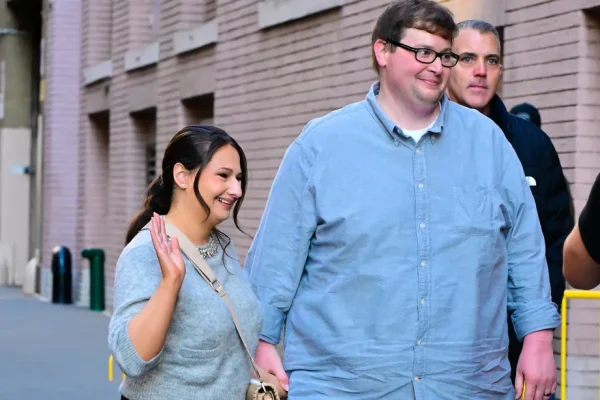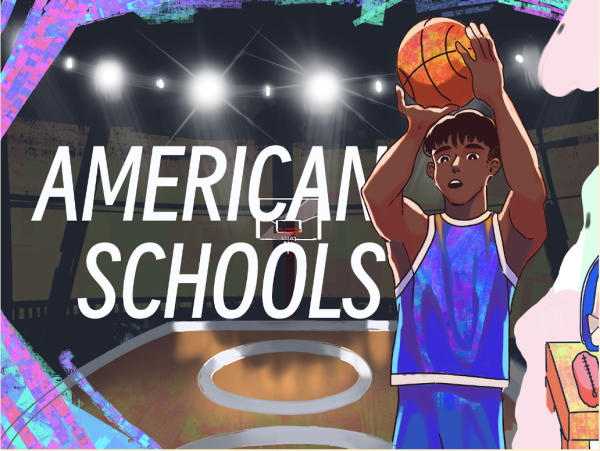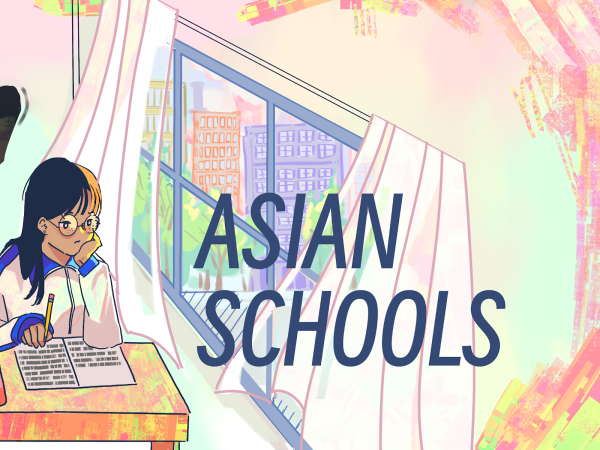In Strong Affirmation with Affirmative Action
With the recent Justice Department investigation of Harvard’s use of Affirmative Action and President Trump’s brazen criticism of race-based admissions selection process, Affirmative Action has once again assumed the position of everyone’s favorite college rejection scapegoat. YouTube videos with reactions to college acceptances are often filled with hateful comments diminishing minority people’s acceptance as nothing more than the “magic” of Affirmative Action. Not only are these spiteful remarks downright racist, they are untrue. Affirmative Action increases equity to all minorities and moves towards a trend of diversity–one that is desperately needed in today’s Caucasian-dominated academic space.
Affirmative Action policies create a more comprehensive admissions process that is able to take into account the struggles a person of a particular race may have been subject to. Despite opposition claims that race-based policies generalize the struggles of one person of a race to the entire race, research has proven that particular races are at an comparatively across-the-board disadvantage. For example, according to a 2017 analysis by the LA Times, African Americans have the lowest earnings of any racial group in America, and 1 out of 4 African American households live in poverty. This inherent financial disadvantage makes it harder to compete at the same level as other more privileged races. With less money, disadvantaged minorities are unable to afford tutoring, standardized test prep, or extracurricular summer programs–all of which often distinguishes candidates during the application process.
In addition to ensuring that each applicant has a fair chance, Affirmative Action creates a more diverse student body. According to a 2015 Census Bureau report, by 2044, Caucasians will no longer comprise a racial majority in the United States. If the country is becoming increasingly diverse, colleges should reflect this trend. While it is often overlooked, diversity is key to exposing students to different perspectives and cultures, fostering a greater sense of acceptance. Problems like racism are mainly created in homogeneous and exclusive communities where minorities are not represented.
Critics of Affirmative Action seem to think that financial-based consideration would be the best solution to increasing equity to students. But, “Rather than help poor students attend college, state schools are using their resources to attract high-achieving, affluent, out-of-state students who can pay more tuition and boost the college’s national rankings,” wrote Stephen Burd, author of the New America report. Coupled with the fact that the U.S. News found only 54 out of the 5,000 plus American colleges have promised to provide enough scholarships to meet all students’ financial needs, it becomes increasingly obvious that more privileged students are receiving financial aid compared to minorities and that if we were to place all our eggs in the basket of financial consideration, minorities would still be unable to attend colleges.
However, the argument closest to the hearts of Irvington students is that Affirmative Action hurts Asians. But, this only homogenizes the socioeconomic conditions of sub-ethnic groups into one “Asian” ethnic group. Within this group reside less fortunate Asian American sub-ethnic groups such as Laotian Americans and Hmong Americans who have a 39 and 54 percent child poverty rate compared to the national average of 22 percent, as according to the Center of American Progress. Affirmative Action deals with each sub-ethnic group and is thus able to offer Asians who are more disadvantaged, more equity and a fairer shot at going to college.
Ultimately, Affirmative Action, like any major policy, has its costs and benefits, but the merits it offers to marginalized students of color are obvious. Sometimes, it is our moral responsibility to step out of our bubble of comfort and accept that there are individuals who live through circumstances that require consideration. Education is recognized as the ultimate equalizer as it allows students the chance to break out of the cycle of poverty and pursue careers that can ultimately shape their lives for the better. Affirmative Action preserves this fundamental idea behind education by ensuring that every student, even those whose hardships may have gotten in the way with their ability to perform, is given a fair and equitable chance to attend college.













